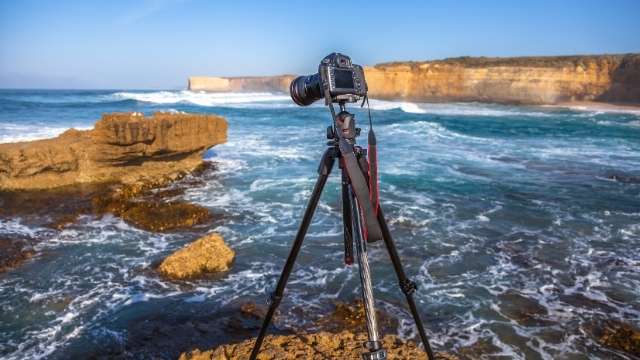Whether photographing the colorful chaos of a South American market or the powerful simplicity of the Sahara Desert, being a professional travel photographer can be a rewarding experience.
However, if you want to make a living with your photos, there are some practical tips you need to follow before going on any photographic adventure.
1. Research Your Destination
Learn as much as possible about your destination before you go. Search the internet to learn about a location’s culture, food, language, and history. Find out if there will be a special event during your stay.
If so, put the event on your shooting list (more on this next). Look at online picture books to see what other photographers have done.
Talk to other friends (photographers or not) who have visited the destination and get their input. The more you know about your destination, the more your photographs will go beyond the expected.
While researching a destination find out what kind of entry visas are required and make sure you apply for any applicable documents well before departure.
2. Prepare a Shooting List
As you research your destination, keep a shooting list of subjects you would like to photograph. Do not be afraid to include the usual photographic icons such as the “classic” view of Machu Picchu in Peru or the Eiffel Tower in Paris but try to go a little deeper and come up with your own personal interpretation of your destination. Take the list on your trip and refer to it regularly, but remember it isn’t set in stone; it is only a tool to help you bring back great images.
3. Select the Proper Gear
The gear you take will depend on your destination and photographic goals. Make a list of the equipment you are most likely to use. For instance, if you are going to Mexico’s Yucatán Peninsula to photograph Maya ruins, make sure to pack your wide angle to medium lenses. If you are going to Africa to photograph big game, take your long lenses. Above all, be selective and pack as light as possible. Bring the equipment list with you in case you need it for customs or insurance purposes.
4. Keep Track of Your Expenses
As a professional photographer travelling for work, you will be able to deduct some or all of your expenses, so make sure you keep a good record of these. I keep all my receipts organized in a folder, and when I return from a trip create an expense report. I will use the report at tax time.
5. Manage (Edit, Caption, Keyword, Process, and Submit) Your Images
Managing your images is a necessary step in deriving income from your efforts. I typically work on captioning my images while on the road and during the flight back, when my memory is freshest. As soon as I get home, I edit my images, selecting only the best pictures. Then I keyword each picture before I process them (I use Photoshop). After processing I submit my images to my stock agency. Every three to six months I register my images with the U.S. Copyright Office.
Now get out and shoot something.


